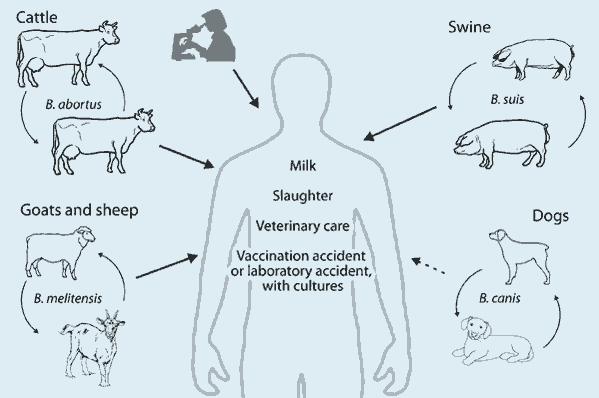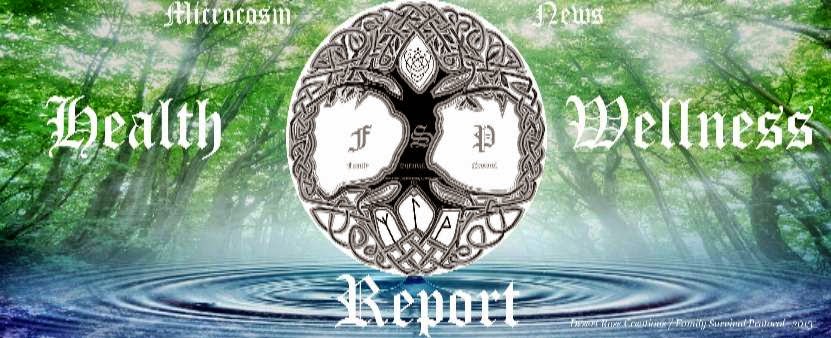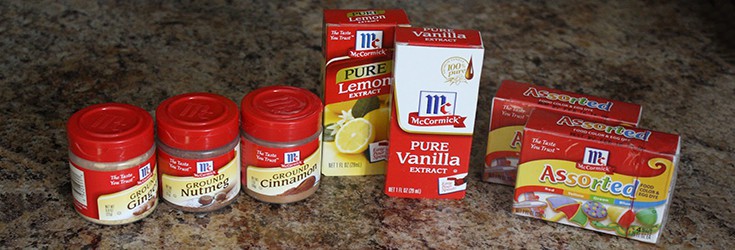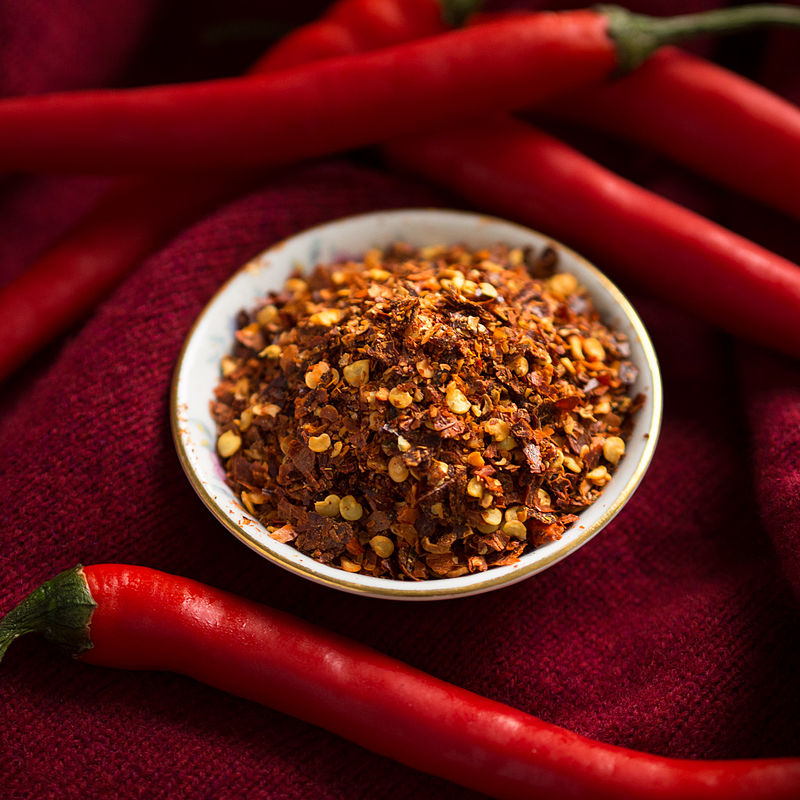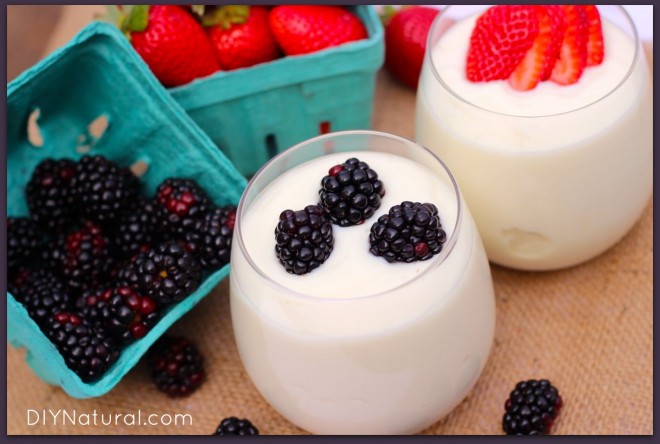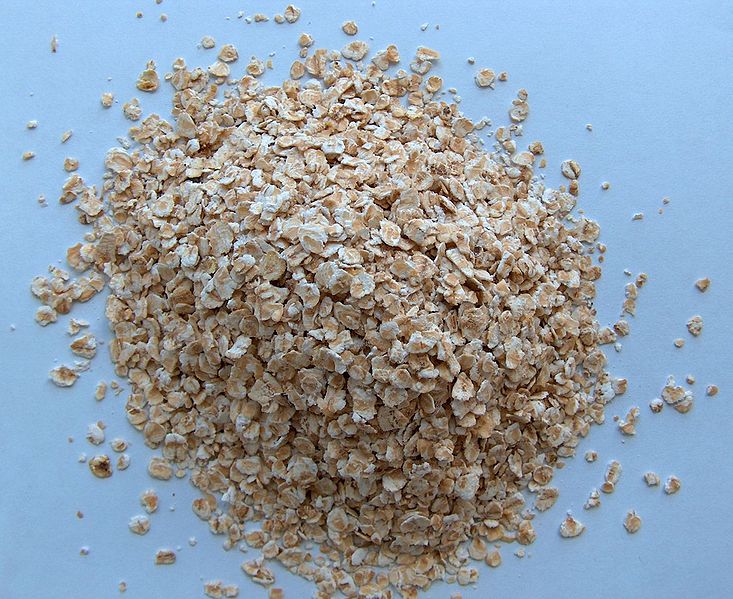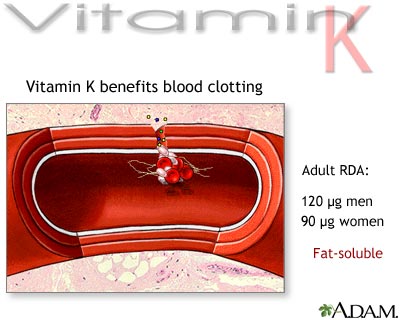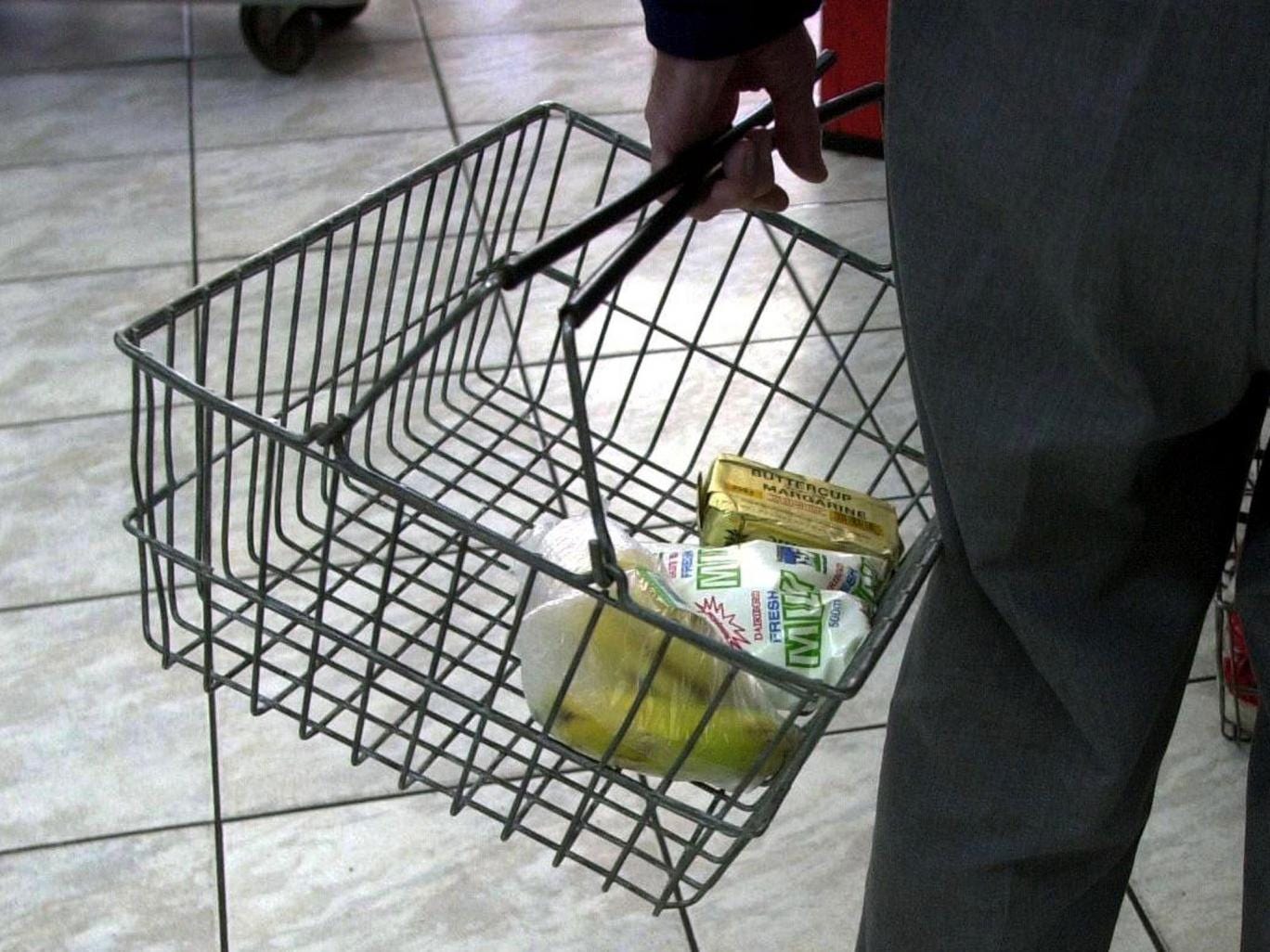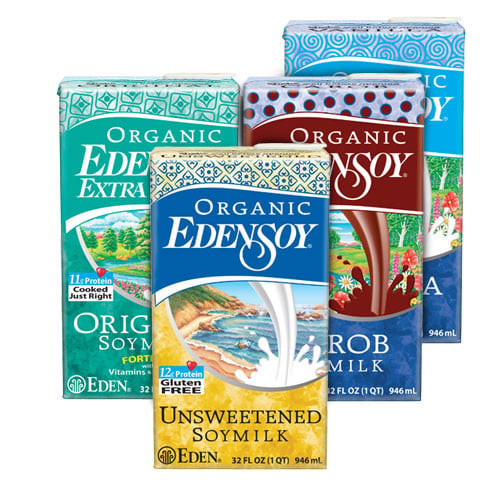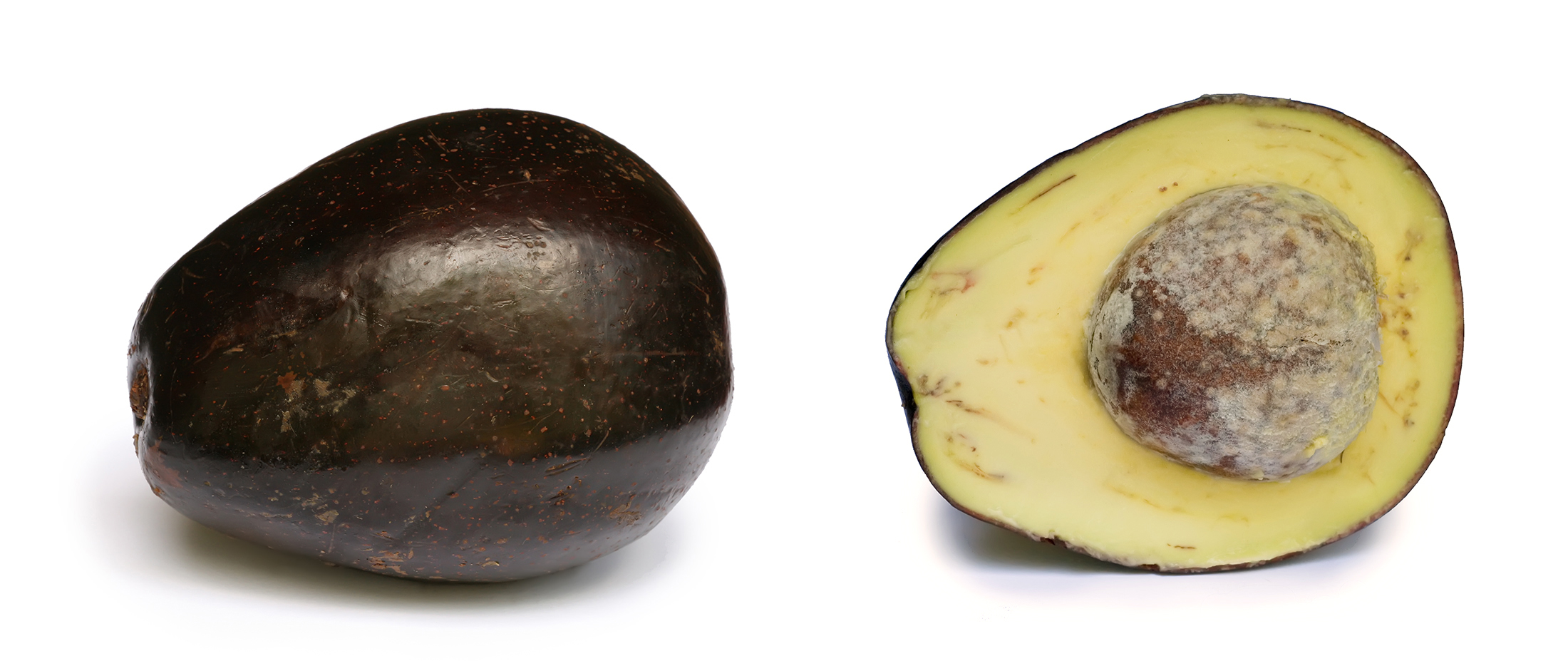Your
hormones are your body's control system. But in an age when
hormone-disrupting chemicals lurk in processed foods, shampoos, and even
scented candles and air fresheners, it doesn't take much to throw off
that delicate balance. And out-of-whack hormones could affect almost
every facet of your health, making it really hard to lose weight, have
babies, and even feel happy. Unhealthy hormone levels can even increase
your risk of certain cancers and other chronic diseases.
We turned to Natasha Turner, ND, author of the best-selling book, The Super-Charged Hormone Diet (Rodale),
to help ID the best hormone-balancing foods nature has to offer—a
snapshot of nutritious foods and drinks that can help you achieve
hormonal balance, feel satisfied, fight disease, and lose fat.
1. Broccoli
Pimpinellus - Wikipedia.org
Broccoli and other cruciferous vegetables like cauliflower, brussels
sprouts, kale, and cabbage contain high amounts of phytonutrients called
isothiocyanates, including indole-3-carbinol, which helps break down a
harmful and potent estrogen metabolite that promotes tumor growth,
especially in estrogen-sensitive breast cells. In 2008, researchers at
the University of California–Berkeley showed that indole-3-carbinol
halts the growth of breast
cancer cells and may also offer protection against the spread of cancer.
Dose details:
Just 2½ cups of broccoli a week is all you need to reduce your risk of
several cancers, particularly those of the breast and prostate.
2. Flaxseed
 Sanjay Acharya
Sanjay Acharya - Wikipedia.org Brown Flax seed
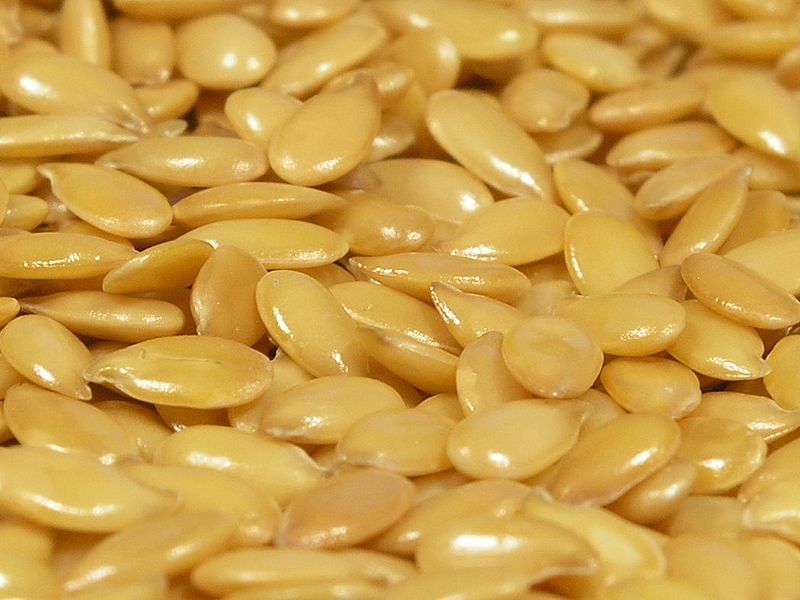 Rumun999
Rumun999 - Wikipedia.org Golden Flax seed
Flaxseed is full of lignans, phytoestrogenic compounds that have been
proved to help protect us against certain kinds of cancers, especially
breast, prostate, and colon.
Dose details: Adding 2 to 3 tablespoons of flaxseed to your
smoothies, oatmeal, salads, or cereals daily can reduce your cancer risk and also provide a dose of fiber and essential fatty acids.
Bonus tip:
The oils in flaxseed can go rancid quickly, so be sure to purchase
ground flaxseed in a vacuum-sealed package and store it in the freezer.
Better yet, you can grind your own daily.
Try this: NOW Foods Certified Organic Golden Flax Seeds
3. Green Tea

A study published in the
American Journal of Clinical Nutrition
reported that green tea extract could significantly increase metabolism
and fat burning. While caffeine does provide an energizing boost, the
tea also offers calming effects because it contains theanine, a natural
compound that blocks the release of cortisol—great for conquering belly
fat.
Dose details: Drink 4 cups of this tasty tea daily, and you can enjoy weight loss, possibly even without a change in diet and exercise.
Try this: Stash Tea Company Organic Premium Green Tea
4. Red Wine
 Amanda Velocet Artistic view of two glasses of wine
Amanda Velocet Artistic view of two glasses of wine
Wikimedia.org
The antioxidant polyphenols found in the skins and seeds of grapes,
especially catechins and resveratrol, aid heart health, inhibit
inflammation, and help prevent the development of certain
cancers. According to researchers from Northwestern University Medical
School, many benefits of resveratrol in wine are in fact due to its
estrogenic properties. When consumed with or after a meal, red wine is
also a good digestive aid.
Dose details: Healthy
individuals should limit wine intake to two to three glasses a week.
University of California–Davis researchers found that cabernet
sauvignon, petit syrah, and pinot noir boasted the highest levels of
disease-fighting flavonoids.
5. Extra Virgin Olive Oil
Dose details: Avoid industrial fats like margarine and use organic extra virgin olive oil instead.
Try this: Bragg Organic Extra Virgin Olive Oil
6. Avocados
 Muhammad Mahdi Karim
Muhammad Mahdi Karim Wikipedia.org
Avocados are rich in beta-sitosterol, a natural substance shown to
significantly lower blood cholesterol levels. That same compound also
helps to balance the stress hormone cortisol, and it may help restore
low DHEA (a hormone produced by the adrenal gland) and decrease the
inflammation typically associated with the stress of intense exercise.
Dose details: Enjoy a quarter of an avocado per serving.
7. Organic Apples
 Agricultural Research Service
Agricultural Research Service Wikimedia.org
Apples contain quercetin, a flavonoid antioxidant and natural
antihistamine. Like many other flavonoids, quercetin also has
phytoestrogenic properties. A large Finnish study following more than
10,000 people for more than 30 years found eating a daily apple reduced
the risk of almost every chronic disease associated with aging,
including osteoporosis, heart disease, cancer, stroke, and type 2
diabetes.
Dose details: Just like the old saying, try to eat an organic apple a day to keep the doctor away!
8. Chia Seeds

Chia seed is a gluten-free ancient grain that can be added to just
about any food. On a per-gram basis, chia seed is touted to contain the
highest amount of omega-3s in nature and also the most fiber. Chia's
hormonal benefits include stabilizing blood sugar, improving insulin
sensitivity, and easing metabolic syndrome symptoms like blood pressure
and blood sugar spikes.
Dose details: Just 3½
ounces of chia seed offer an amazing 20 grams of omega-3s, which is
equal to the amount in 1¾ pounds of Atlantic salmon.
Try this: Navitas Naturals Organic Raw Chia Seeds
9. Nuts
 Marco Verch - Nussmischung / Different nuts
Marco Verch - Nussmischung / Different nuts Wikimedia.org
Like avocados, most nuts are an excellent source of the plant sterol
beta-sitosterol. Almonds, in particular, contain protein, fiber, plant
sterols, and several other heart-healthy nutrients. Almonds are also
known to slow the absorption of carbohydrates in the body, which may
help with diabetes management. Research from the University of Texas
Health Science Center published in the journal
Nutrition showed that walnuts are a source of melatonin, a hormone that promotes better sleep.
Dose details:
Just a small handful five times a week will provide an adequate dose of
fats that will stimulate leptin release, which helps control your
appetite.
10. Non-GMO, Organic Soy
Eden Foods, Inc
Bone density, hormonal balance, and cholesterol levels change as we
age, but a daily serving of soy can help lower cholesterol, keep bones
strong, improve heart health, protect the prostate, and ease the
symptoms of menopause. The therapeutic effects of soy products—when
consumed in moderation—come from the phytoestrogens naturally present in
soybeans. Research from the University of Illinois also suggests soy
protein may help to increase metabolism, manage weight, and limit the
growth of fat cells. (Don't go for soy, however, if you've noticed it
has caused you gas, bloating, or digestive problems in the past, or if
you've had breast cancer.)
Dose details: Just 1 cup
of unsweetened, organic soy milk or yogurt, a handful of soy nuts, or a
palm-size serving of tempeh can do the trick.
Try this: Westsoy Unsweetened Organic Soymilk
Read More Here
